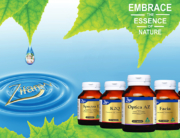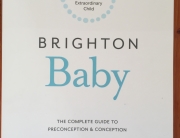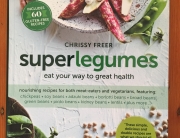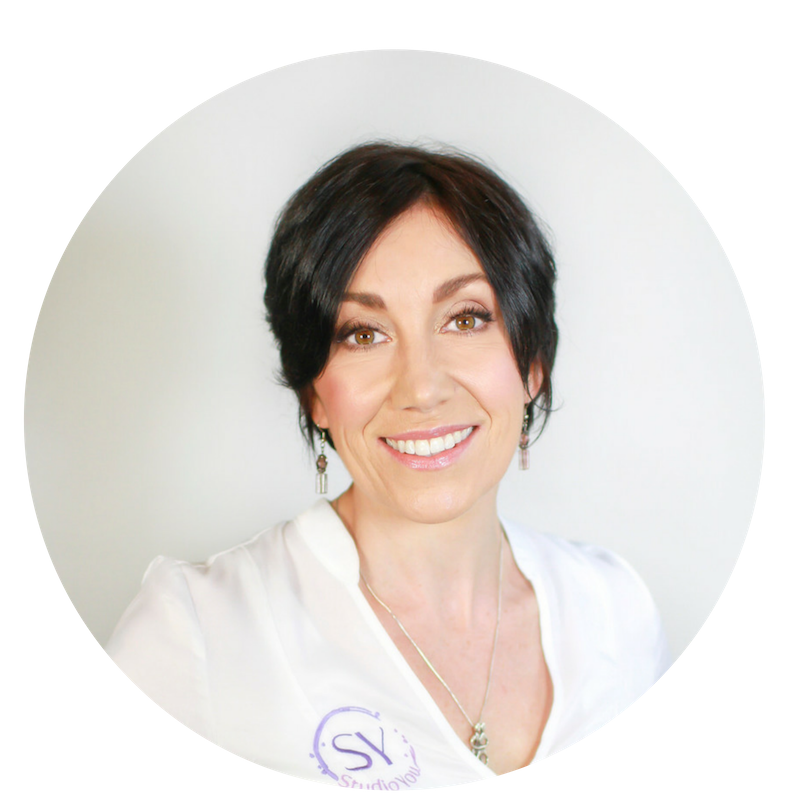 Do you have embarrassing, even painful spots? Do you wonder why, even after your teenage years have long past and your friends are now worried about impending wrinkles, you still find yourself dealing with pimples?
Do you have embarrassing, even painful spots? Do you wonder why, even after your teenage years have long past and your friends are now worried about impending wrinkles, you still find yourself dealing with pimples?
It is estimated that 60 – 80% of women with moderate to severe acne have a common syndrome, called Polycystic Ovary Syndrome (PCOS). In my humble opinion, virtually all women that have acne should be questioned, and where appropriate tested, for this condition.
How do you know if you should investigate this further?
The diagnosis of PCOS is actually quite simple. If you have two or three of the following, you fit the diagnosis:
1) High levels of testosterone (acne is a potential sign of this, as is excessive hair growth)
2) Irregular periods (8 or less per year)
3) Polycystic ovaries on ultrasound
If this is you, head to your health professional and ask for further investigation.
How can you tackle your acne naturally?
Now, back to the troublesome, embarrassing and potentially painful problem of acne. Let’s talk about what you can do to reduce, even eliminate, this condition.
1) Eliminate dairy products
Milk contains a precursor to testosterone, which means it contains one of the important ingredients needed to create this hormone. It also appears to contain ‘ingredients’ that stimulate the production of sebum (oil).
Milk has also been shown to increase ‘plasma IGF-1 levels’. This IGF-1 stimulates the creation of ‘male hormones’ (androgens) in the ovaries. It has another nasty effect as well. It stops the production of sex hormone binding globule (SHBG). SHBG is like a pair of handcuffs on the wrists of a thief. It stops the offender (the excessive ‘male hormones’) from adversely affecting its surroundings (the body). Without these handcuffs, the male hormones are free to have a greater effect (“increased bioavailability”).
The higher levels of male hormone combined with the lower levels of SHBG is a recipe for skin health disaster.
2) Stick to a low glycaemic load food plan
This does seem to be a buzz phrase, doesn’t it?
The glycaemic load is simply a tool used to assess the amount of blood sugar change a particular food causes in the body. Foods that cause a large blood sugar spike are known as high glycaemic load foods. These include items like sugar, white breads, white pasta, biscuits, jams, sweets etc.
The association between a high glycaemic load food plan and acne severity, appears strong. So to help your acne, it is best to stick to low glycaemic load food plan. Think vegetables, salad, fruits etc.
3) Include a variety of natural, nutrient rich foods
Nutrients helpful for acne include:
* Zinc (like oysters, nuts (brazil, almonds, cashews, chestnuts, peanuts, pecan, pine, walnuts), eggs, sesame seeds (tahini), sunflower seeds, garlic, green peas, parsley (fresh), basil (fresh), broad beans, butter beans, spinach, mushrooms)
* Omega 3 fats (Fish, fish oils, flax seed oil, walnuts, walnut oil)
* Topical Vitamin A may also help.
4) What else can you do?
Take other steps to improve insulin sensitivity, like:
* Exercising regularly
* Ensuring adequate sleep (8 hours per night is ideal for most people)
* Managing your stress levels
* Reaching your ideal weight
I personally found once I lost a significant amount of weight (from ‘obese’ to ‘ideal’), changed my eating habits and increased my activity levels, my acne disappeared. And what a relief it was!
From PCOS to perfect health, with gratitude,
Dr. Rebecca Harwin
‘The PCOS Expert’
www.ConquerYourPCOSNaturally.com


















































































































































